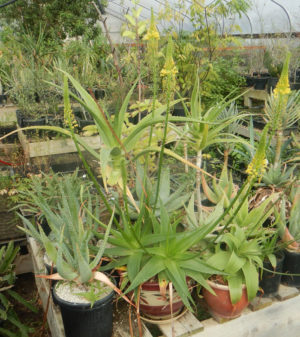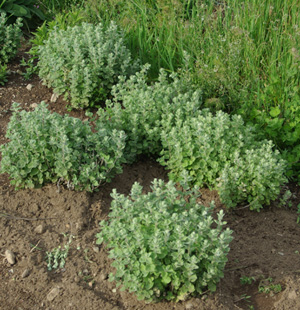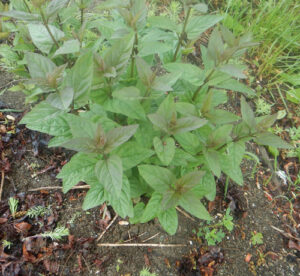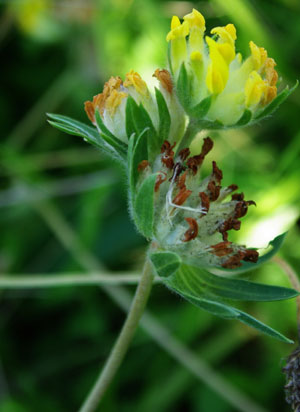Family: Aster (Asteraceae)
Hardy Zones 3 to 8
Herbaceous perennial. Native to southern and central Europe, the Balkan Peninsula and central Asia. Giant plant bearing handsome, yellow flowers. Harvest the octopus-like roots in the fall of the second year’s growth. Traditional usage (TWM): bronchial infection, pneumonia and debilitating, chronic cough. The plant is processed to yield a blue dye. Plant prefers part shade and evermoist soils, although full sun will be tolerated. Space plants 2 to 3 feet apart.
Potted plant, Certified Organcically Grown






